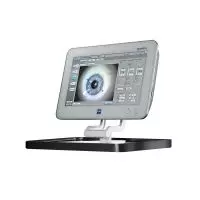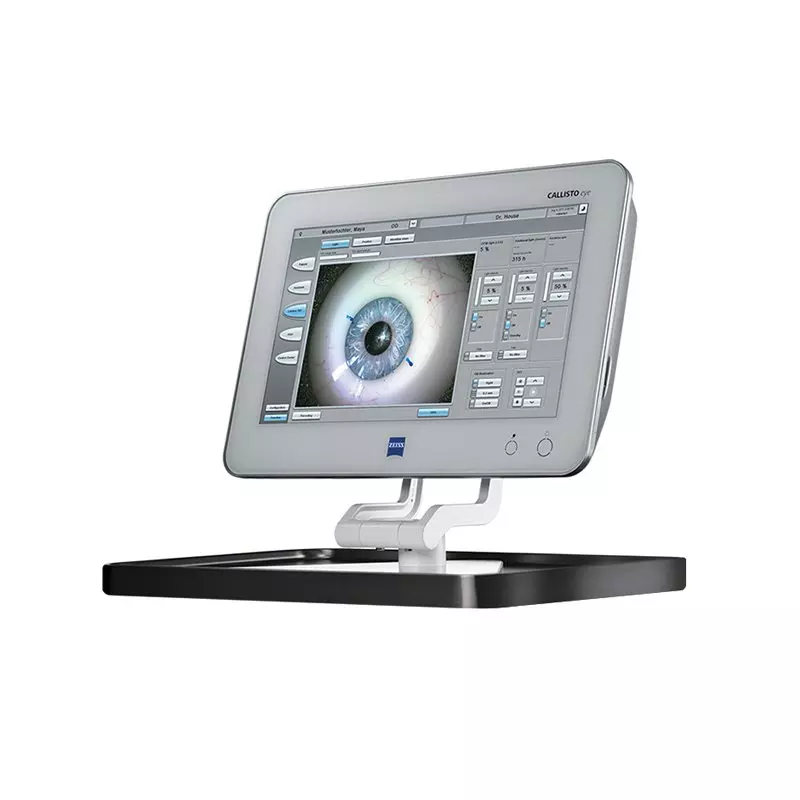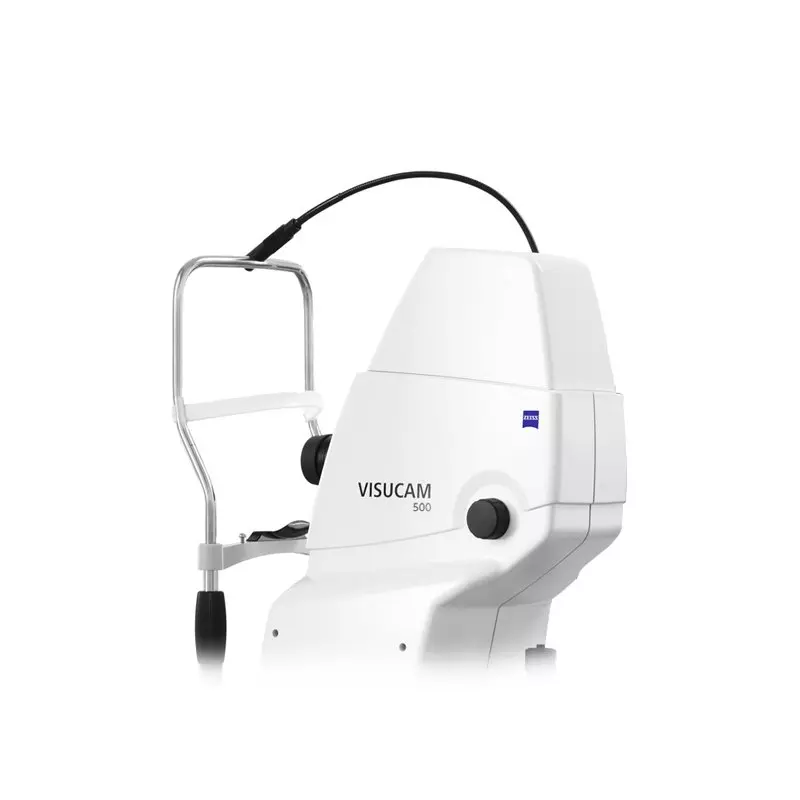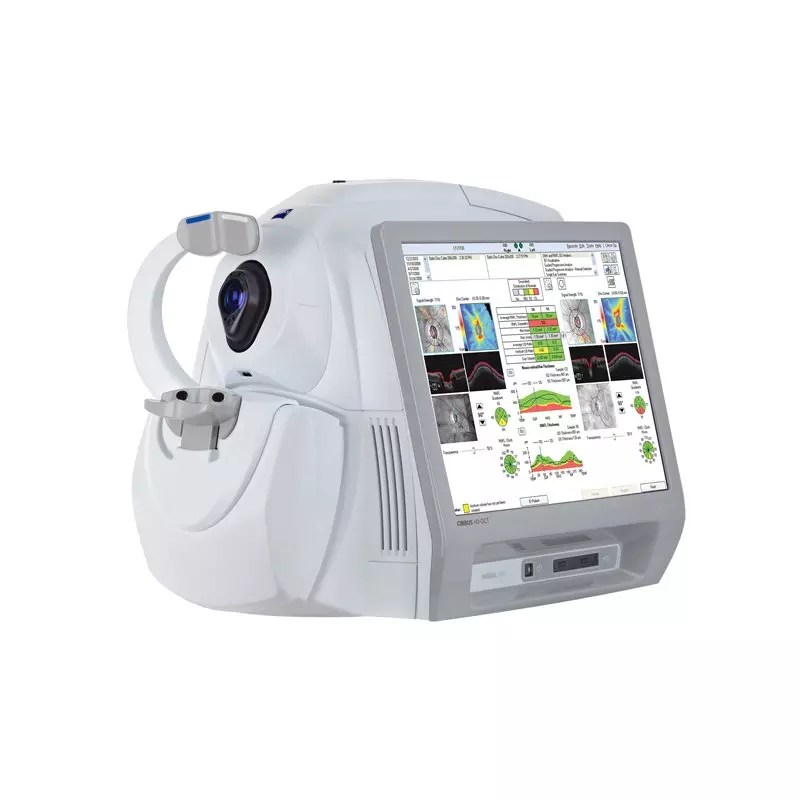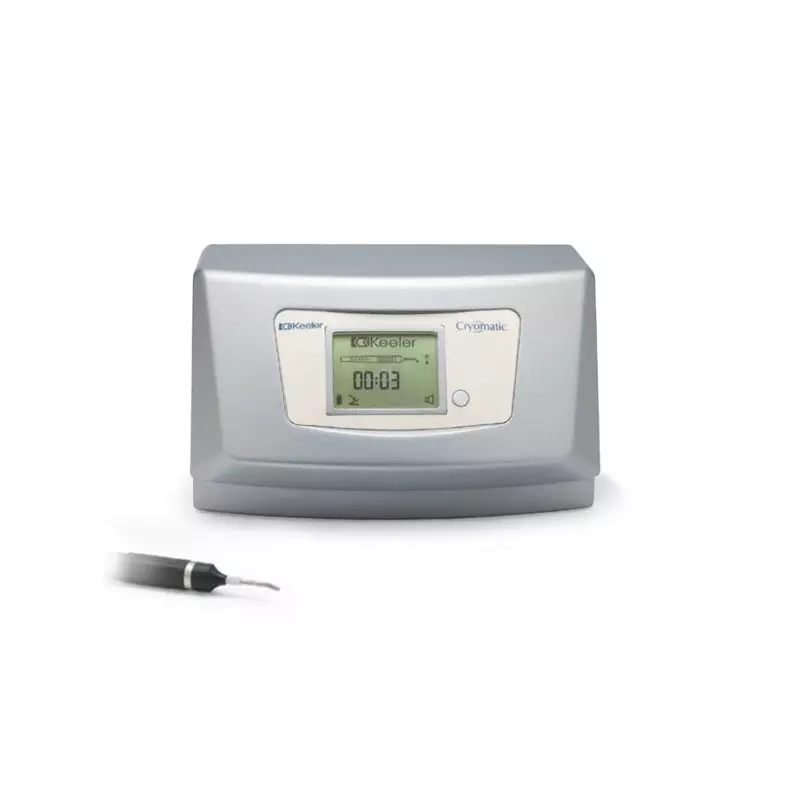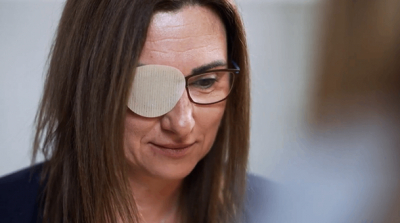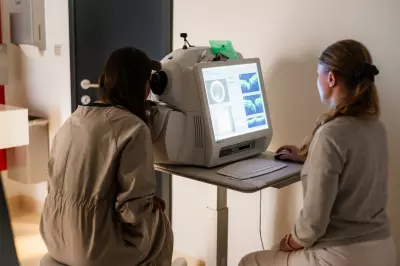Healthy vision

Vision disorders

Diseases of the vitreous body and retina
The retina is an important anatomical part of the eye, which ensures the processing of visual perceptions thanks to its light sensitive cells. Diseases of the vitreous body are closely linked to diseases of the retina, since they are neighbouring tissues. Not treating these problems can lead to serious damage to your vision.
What’s the problem?
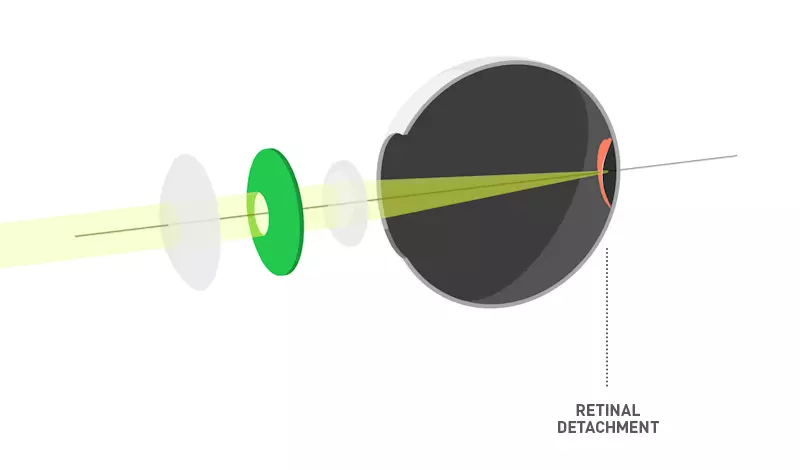
RETINA
The retina is a thin layer in the inner part of the eye. It is composed of blood vessels and nerve fibres.
It is covered in photoreceptor cells which capture the light. They send information to the brain via the optic nerve. The site of the clearest vision, the so-called yellow spot can also be found on the retina. When the retina is healthy and untouched, we can see clearly.
The most frequent diseases of the retina
are those which occur on the yellow spot (macular hole, epiretinal membrane) or cause bleeding or closure of the retina’s arteries and veins. They are also often caused by accidents, changes to the retina linked to diabetes (proliferative diabetic retinopathy) or retinal detachment.
VITREOUS BODY
The vitreous body is the jelly-like filling of the eye, mainly consisting of water, which helps maintain its shape.
On the inside, it is connected to the retina, and any damage to it can also weaken the retina.
Diseases of the retina and vitreous body are linked, and they require particular attention.
Late diagnosis and treatment can cause irreversible damage to the sight and for this reason, symptoms must be recognised as early as possible.
The most frequent diseases of the vitreous body
are long-lasting dense opacities (particularly in diabetic patients), bleeding into the vitreous body, infections, grave changes to the vitreous body in premature children or foreign bodies in this part of the eye.

What happens during surgery?
Most frequent treatment method

The pars plana victrecomy (PPV) surgical procedure is used for the treatment of diseases of the retina or vitreous body
Its objective is to improve visual function, or preserve it. PPV is used, for example, to remove a vitreous haemorrhage (frequent in the case of diabetic retinopathy) or a vitreous body contributing to retinal detachment.
PPV is also used in the case of serious damage to the retina or vitreous body following accidents.
PPV is performed under local anaesthetic, which is less taxing for the body and enables the doctor to communicate with the patient during the operation and immediately afterwards.
The surgeon enters the eye via three micro-entry points.
Further treatment options
There are cases when the retina can also be operated on using an external procedure.
Here, a foam seal is applied to the white of the eye, causing the retina to reattach itself.
If the cause of the retinal detachment is a tear in the upper part of the eye, the application of gas into the eye can also be used to reattach it. The pressure this causes fixes the tear to the bottom part. By freezing this zone, we can ensure that the retina remains fixed even once the gas has been absorbed.

- The procedure is performed under a local anaesthetic
- The PPV operation itself takes 30 to 90 minutes, depending on the extent of the damage to the vitreous body and retina.
- In total, you will spend 3 to 4 hours in our clinic on the day of the surgery
- It takes approximately one month for the eye to heal
Post-operative care
The operated eye will be covered with a sterile bandage until the first check-up, which takes place the following day
Around one hour after the surgery, you may go home, but we recommend you have somebody to accompany you and take you home.
For the first days following the procedure, you should stay at home, rest and refrain from exerting your eyes.
On the day of the first check-up, the doctor informs the patient of the subsequent post-operative care based on an examination of the area and a diagnosis of the operation.
In general, the recovery period takes approximately one month; in more complicated cases (e.g. retinal detachment), it may take longer.
Equipment and instruments
Is surgery right for you?
To help you find your way around, we have prepared a brief overview of surgeries available for different types of refractory disorders or diseases. Find out which type of surgery is best for you.
Price list
| VŠZP | DÔVERA | UNION | |
|---|---|---|---|
| RETINAL LASER COAGULATION |  |  |  |
PPV – DISEASE OF THE VITREOUS BODY |  |  |  |
PPV – DISEASE OF THE MACULA AND RETINAL DETACHMENT |  |  |  |
 On an individual basis (the health insurance company only reimburses the procedure in specific, medically-indicated cases)
On an individual basis (the health insurance company only reimburses the procedure in specific, medically-indicated cases) The additional price for specialized disposable consumables is max 150€.
The additional price for specialized disposable consumables is max 150€.To help you find your way around, we have prepared a brief overview of surgeries available for different types of refractory disorders or diseases. Find out which type of surgery is best for you.











